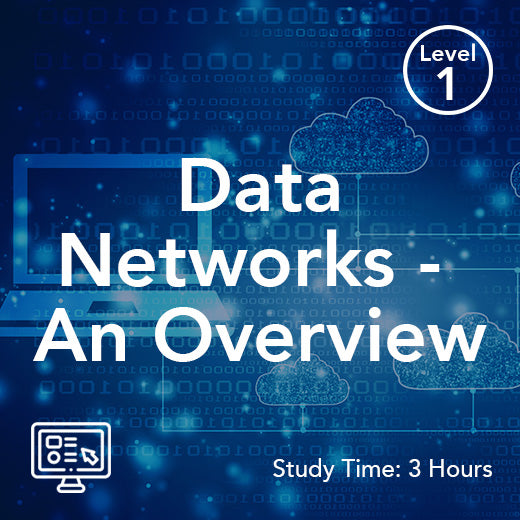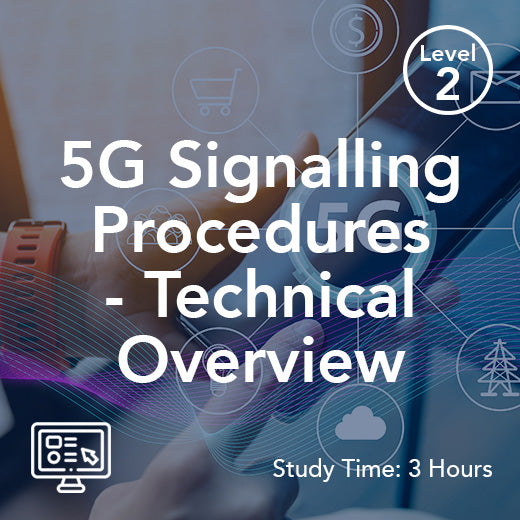Dxc Dijital Çapraz Bağlantı
- , by Stephanie Burrell
- 2 min reading time
Dijital Çapraz Bağlantı (DXC), telekomünikasyon sektöründe önemli bir bileşen olup, bir ağ içinde dijital sinyallerin verimli bir şekilde yönlendirilmesini kolaylaştırır. DXC'ler, anahtarlar, yönlendiriciler ve iletim ekipmanları gibi çeşitli ağ öğeleri arasındaki bağlantıların yönetiminde hayati bir rol oynar. Dijital sinyalleri çapraz bağlamak için esnek ve programlanabilir bir arayüz sağlayarak, DXC'ler telekom operatörlerinin ağ kaynaklarını optimize etmelerini, hizmet kalitesini iyileştirmelerini ve genel ağ performansını artırmalarını sağlar.
DXC'lerin evrimi, dijital iletim teknolojilerindeki gelişmelerle yakından bağlantılı olmuştur. Geleneksel devre anahtarlamalı ağlarda, farklı ağ elemanları arasında bağlantı kurmak için manuel patch panelleri kullanılıyordu. Ancak, dijital iletişime geçişle birlikte, daha otomatik ve dinamik çapraz bağlantı yeteneklerine ihtiyaç duyuldu. Bu durum, fiziksel patchleme gerektirmeden dijital sinyalleri elektronik olarak yönlendirebilen DXC'lerin geliştirilmesine yol açtı.
DXC'lerin temel özelliklerinden biri, farklı ağ unsurları arasında sorunsuz bir şekilde birlikte çalışabilirlik sağlayarak çok çeşitli arayüz ve protokolleri desteklemeleridir. Bu esneklik, birden fazla teknolojinin bir arada bulunduğu ve verimli bir şekilde birbirine bağlanması gereken günümüzün karmaşık telekomünikasyon ağlarında olmazsa olmazdır. DXC'ler, T1/E1, T3/E3, SONET/SDH, Ethernet ve daha fazlası dahil olmak üzere çeşitli dijital sinyal türlerini işleyebilir ve bu da onları telekom operatörleri için çok yönlü ve vazgeçilmez bir araç haline getirir.
Modern DXC'ler, çapraz bağlantı özelliklerine ek olarak, bakım, koruma anahtarlaması ve performans izleme gibi gelişmiş özellikler de sunar. Bakım, operatörlerin birden fazla düşük hızlı sinyali daha yüksek hızlı hatlarda birleştirmesine, ağ kaynaklarını optimize etmesine ve işletme maliyetlerini düşürmesine olanak tanır. Koruma anahtarlaması mekanizmaları, bağlantı arızaları veya ağ tıkanıklığı durumunda trafiği otomatik olarak yeniden yönlendirerek ağ güvenilirliğini sağlar. Performans izleme araçları, ağ trafiğine gerçek zamanlı görünürlük sağlayarak operatörlerin olası sorunları hizmet kalitesini etkilemeden önce proaktif olarak tespit edip çözmelerini sağlar.
DXC'lerin dağıtımı genellikle büyük hacimli trafiğin çapraz bağlanması ve yönetilmesi gereken merkez ofislerde, veri merkezlerinde veya diğer ağ toplama noktalarında yapılır. Yüksek hızlı veri hizmetlerine olan talebin artması ve bağlantılı cihazların yaygınlaşmasıyla birlikte, DXC'lerin modern telekomünikasyon ağlarındaki rolü her zamankinden daha kritik hale gelmiştir. Telekom operatörleri, son kullanıcılara ses, veri ve video hizmetlerinin verimli ve güvenilir bir şekilde iletilmesini sağlamak ve aynı zamanda farklı ağ unsurlarının sorunsuz bir şekilde birbirine bağlanmasını sağlamak için DXC'lere güvenmektedir.
Geleceğe baktığımızda, DXC'lerin geleceği, yazılım tanımlı ağ (SDN) ve ağ fonksiyonları sanallaştırma (NFV) gibi gelişmekte olan teknolojilerle entegrasyonlarında yatmaktadır. Operatörler, çapraz bağlantı fonksiyonlarını sanallaştırarak ve ağ kontrolünü merkezileştirerek, ağlarını yönetmede daha fazla esneklik, ölçeklenebilirlik ve çeviklik elde edebilirler. DXC'ler, telekomünikasyon sektörünün değişen taleplerini karşılamak için gelişmeye devam edecek ve dijital ekonomiye güç verecek yeni nesil yüksek hızlı, yüksek kapasiteli ağların şekillenmesinde hayati bir rol oynayacaktır.
Sonuç olarak, Dijital Çapraz Bağlantılar (DXC), güvenilir ve verimli iletişim hizmetleri sunmak için gereken temel bağlantı ve yönetim yeteneklerini sağlayarak modern telekomünikasyon ağlarının temel yapı taşlarından biridir. Çeşitli dijital sinyalleri çapraz bağlama, birden fazla arayüzü destekleme ve gelişmiş özellikler sunma yetenekleriyle DXC'ler, ağ performansını optimize etmek ve müşterilerine üstün hizmet kalitesi sunmak isteyen telekom operatörleri için vazgeçilmez araçlardır. Telekom ağları gelişmeye ve genişlemeye devam ettikçe, DXC'ler operatörlerin değişen pazar dinamiklerine uyum sağlamalarını ve dijital çağın artan taleplerini karşılamalarını sağlayacak kritik bir bileşen olmaya devam edecektir.

































